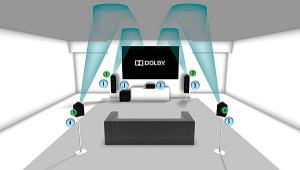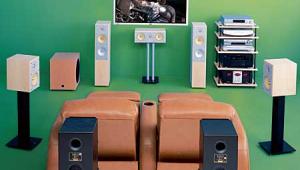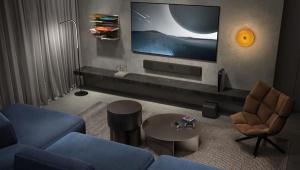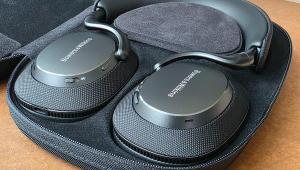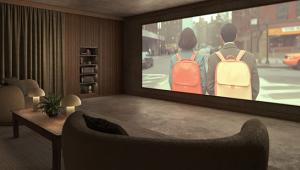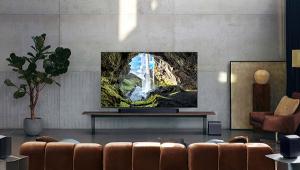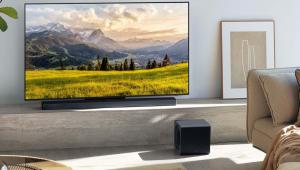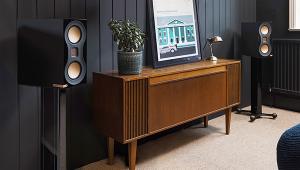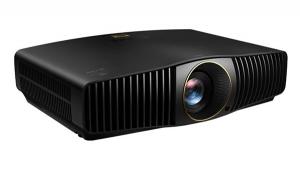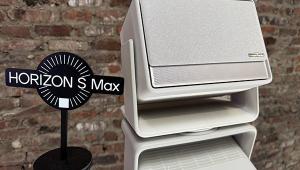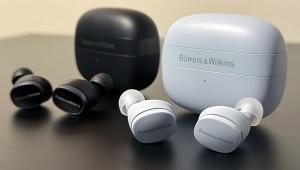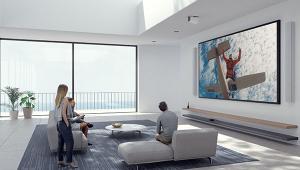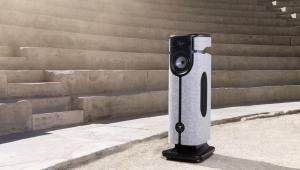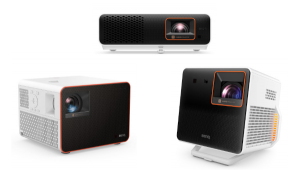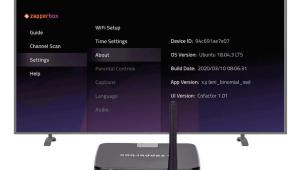Subwoofer Setup: How to Get Great Bass in 3 Steps
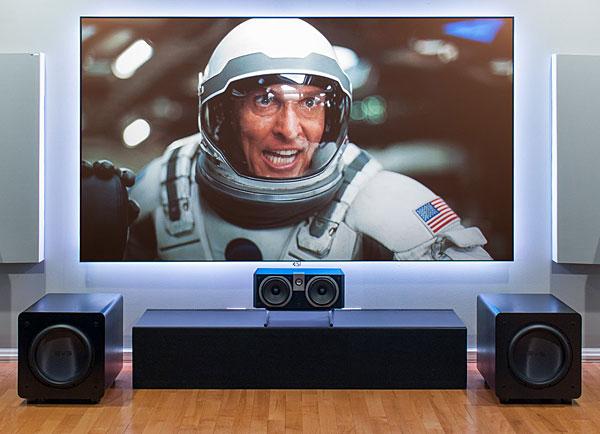
Full-range speakers present a room-friendly option, particularly for dedicated two-channel systems, and can sound very good. But where you position the speakers for best performance—in particular to optimize imaging and soundstage depth—will almost never be in the location where they'll provide the most accurate bass. The main reason for this is room modes, which are resonances determined by a room's dimensions that can dramatically affect bass and do it in different ways depending on where the speakers—and the listeners—are positioned. Sound below the typical subwoofer crossover frequency of 60-100Hz is non- directional, however, so using a subwoofer (or two) positioned separately from the main speakers to reproduce that portion of the audio spectrum will allow you to correct for room modes using the steps I'll describe below.
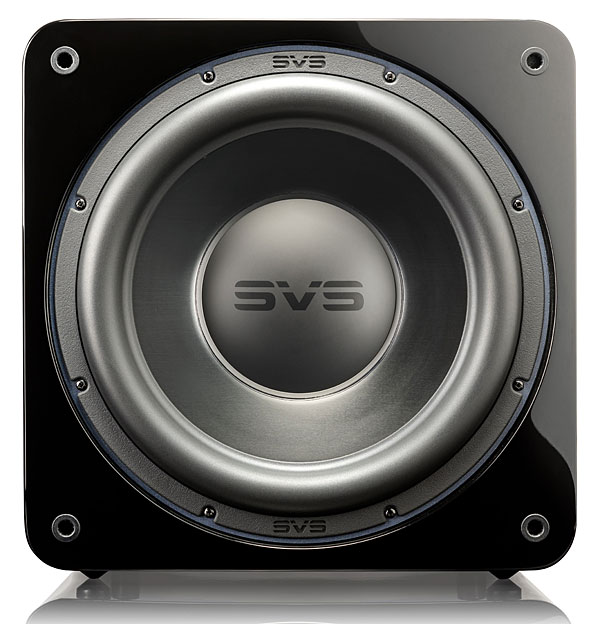
Crossover Considerations
It may be tempting to drive big tower speakers full-range even when also using a subwoofer, but that combination rarely works out well. In most situations, the subwoofer should only be engaged below a certain crossover frequency, and you should also limit the response of the main speakers below that same frequency. This low frequency roll-off (performed by a so-called high-pass filter) lowers distortion in the main speakers by sparing them the need to produce bass that a subwoofer is better-equipped to handle. It also keeps the main speakers (which as noted above typically aren't located in the best place to produce uniform bass) from interfering with a care- fully positioned subwoofer where their responses overlap in the transition region.
While virtually all A/V receivers and preamp-processors have high- and low-pass filtering capability, most two-channel preamps and integrated amps don't. But some stereo-only components do provide that capability (this Parasound NewClassic 200 integrated amplifier, for instance), so if you plan on adding an optimized subwoofer setup to a two-channel system, you'll first need to do some product research.
An effective subwoofer implementation can include either one or two subs. More than two can offer further advantages, but the law of diminishing returns sets in quickly. For the record, none of these recommendations are new—some of the best work on the subject was done in the mid aughts at Harman Industries, and extensive discussions on the topic, along with exhaustive discussions on the setup of loudspeakers in general, can be found in Sound Reproduction: The Acoustics and Psychoacoustics of Loudspeakers and Rooms, Third Edition (Floyd E. Toole, Routledge, 2018).
Step One: The Subwoofer Crawl
Due to the way room modes vary in their distribution, proper placement of a single subwoofer will only optimize low bass for a single seat. While this won't matter much to an audiophile with his or her favored and unmovable listening chair, it can have significant repercussions for a multi-seat home theater.
The so-called "subwoofer crawl" is the most commonly recommended single-sub setup technique. To do the crawl, you first position the subwoofer at your listening location (elevated to ear height, not on the floor!). Next, while playing a slow low-frequency sweep tone available on many test CDs (and online at audiocheck.net), move around the room listening for the smoothest response as the sweep moves up and down the scale. To do this correctly, you must position your ears at the height the subwoofer driver will be at when moved into its final position. That's why it's called the crawl! Remember to keep the room clear of family members while doing this to prevent them calling for a straitjacket and mental assessment.
Step Two: Manually Measure
While the crawl can work for basic subwoofer setup, use of a microphone and a software measurement program in place of your ears will provide even better results. Two of the best-known consumer-friendly options are Room EQ Wizard (a free download, though you'll also need to buy a calibrated microphone for around $100) and the OmniMic V2 Acoustic Measurement system from Parts Express ($300, includes a calibrated mic). The advantage to these options is that they'll provide more accurate results. Also, if you attach the mic to a mic stand extension and move it to each measurement location, you won't have to crawl around the room on your hands and knees like Fido.
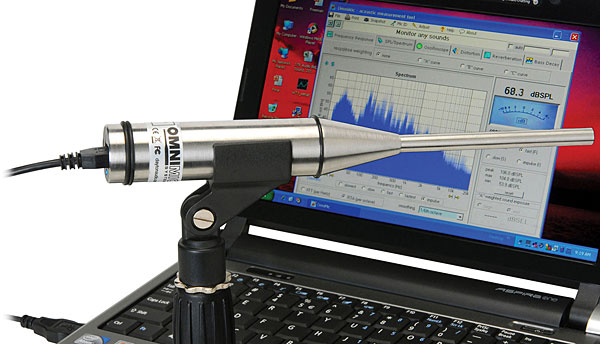
Step Three: Room Correction
Although you should get good bass uniformity at your listening chair with a subwoofer at the location discovered during the crawl— either with or without software measurement support—it's unlikely to be perfect. Bass equalization using room correction systems such as Audyssey, Dirac Live, and Anthem Room Correction (ARC) that are built into A/V receivers or preamp/processors can further refine the result. Some subwoofers also provide their own built-in room correction or parametric EQ features. You may want to perform a final refinement, particularly when applying manual parametric EQ, by using software measurement tools to verify what's happening at the listening location. Bass peaks are easiest to equalize out, but dips can sometimes be audio black holes that are impossible to fix with any amount of frequency boost.
Two Subs Are Better Than One
A key takeaway from the book Sound Reproduction: The Acoustics and Psychoacoustics of Loudspeakers and Rooms referenced above is that at least two subs are needed to optimize bass response for more than one listening seat. Also, the point of using multiple subs is not to produce greater bass output, but to create more uniform bass response in the room.
The measurements described in Toole's book are applicable mainly to enclosed, acoustically symmetrical, rectangular rooms with flat ceilings. For the testing carried out at Harman, the main front speakers were positioned near the short wall and fired down the room's long dimension (the opposite arrangement—front speakers on the long wall—was found to be inferior), with the seating area located roughly in the center of the room. The optimum location for two subwoofers in such a room and seating arrangement was found to be on directly opposite walls (either side-to-side or front-and-back, at the mid-wall positions in both arrangements). In four-sub installations, both opposite-wall locations could be used, though the research also suggests that corner placement might work better in some rooms—assuming four corners are available.
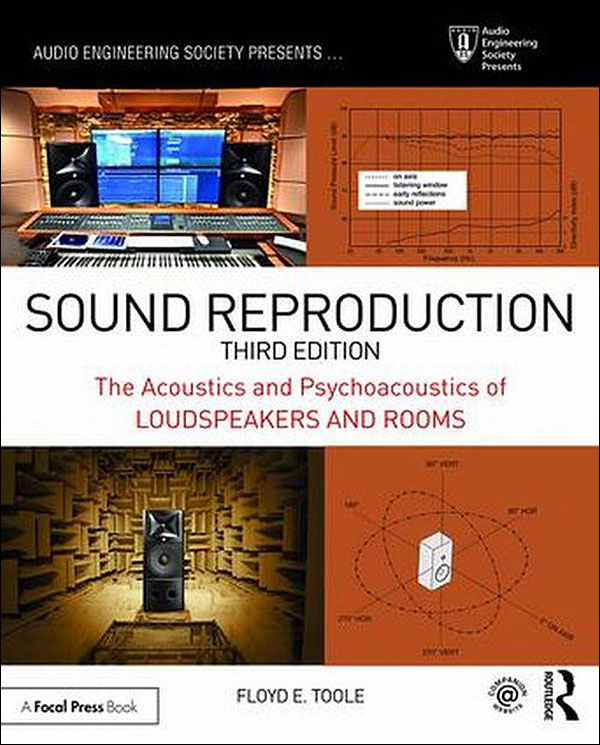
If you do use two or more subwoofers, it's not recommended that you set them up as a stereo pair—a popular audiophile choice. As noted above, bass, particularly below the typical subwoofer crossover frequency of 60-100Hz, is non-directional. Yes, it's true you'll often hear an instrument such as a bass drum or double bass appear to come from a specific location. But what you're actually hearing are the instrument's overtones, most of them well above the sub's crossover point. These overtones blend together with the non-directional low frequencies to provide the illusion of stereo bass. Furthermore, setting dual subs up as a stereo pair eliminates their ability to improve overall bass uniformity in the room. For that to work properly, each of the two (or more) subs must be set up to reproduce the same bass information.
Conclusion
Don't be surprised if perfection is elusive when attempting your own set of measurements to optimize subwoofer positioning. I certainly didn't achieve it, though the bass in my room ended up being more uniform from seat to seat than before, both with and without Audyssey room correction. And while Audyssey worked well for music listening, I sometimes preferred the added warmth that was present without it for movies. Further experimentation using Audyssey's MultEQ Editor app, which can be used to adjust the target curve, would help here, but MultEQ Editor isn't available for all components that feature Audyssey room correction.
Reading Sound Reproduction: The Acoustics and Psychoacoustics of Loudspeakers and Rooms, the book's charts make it clear that the complexity of small room acoustics is only slightly less than infinite and filled with variables that can't be fully accounted for in any practical sense. But one thing about bass is certain: In rooms where there's more than one listener, two (or four!) properly positioned subwoofers beat a single sub every time.
